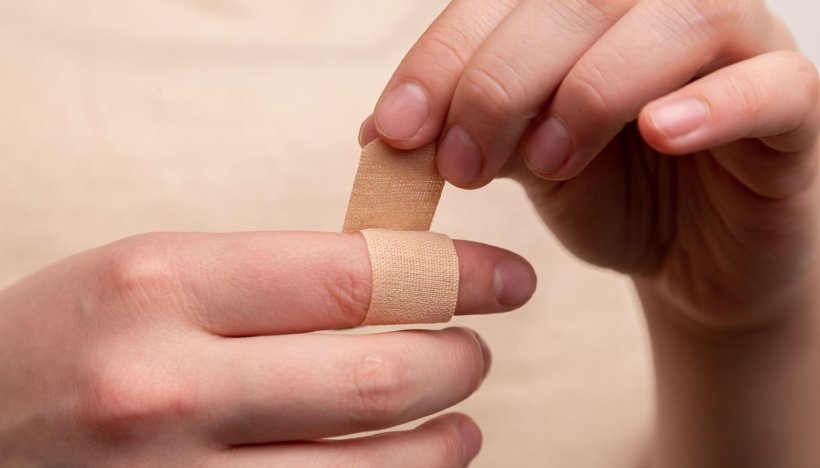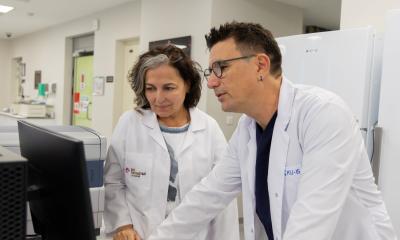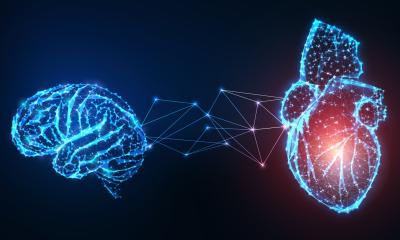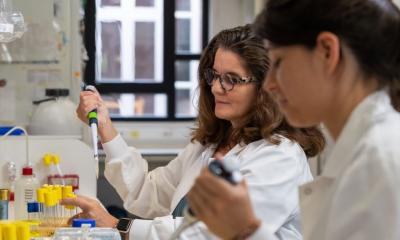
Image source: Unsplash/Diana Polekhina
News • Regeneration research
Scientists uncover how our skin repairs itself
University of Manchester scientists have cast new light on how our skin repairs itself, bringing the possibility of regeneration of the organ a step closer.
The study team, funded by the Medical Research Council and Helmut Horten Foundation, showed the activation of specific parts of the DNA leading to better division of human skin cells. The study is published in Nucleic Acid Research.
Two transcription factors –proteins that bind the DNA – were able to enhance a natural process of skin cell division, a desirable outcome in regenerative medicine. In normal conditions, one in every fourth cell isolated from the inner layer of the skin divides but the team achieved an increase by 20-25%. The effect was achieved without the addition of growth factors. These naturally occurring but difficult to extract molecules are currently used to improve regeneration of skin, joints, and other frequently damaged organs.
Instead of growth factors, scientists used sulpharaphane, a compound found in broccoli, Brussels sprouts, and cabbages. Sulforaphane activates the binding of transcriptions factors to specific parts of the DNA, which controlled cell division and is one of a number of compounds that can work in this way. While most of the research was done on human cells isolated directly from donor skin, mouse models with genetically modified transcription factors were essential to prove the DNA-mediated mechanism. “We know that the skin sometimes cannot efficiently repair itself but the endogenous mechanism we discovered uses the body’s own processes to induce division of cells in the skin,” said Dr Svitlana Kurinna who led the study. “Our findings suggest that the combined activity of both transcription factors is important to maintain the proliferative capacity of these cells (keratinocytes). Our skin can be easily damaged, which impacts the quality of life and in some cases, is life-threatening. However, we hope that this study provides some crucial insight into the process and lays the foundation for an exciting future investigating similar mechanisms in other organs.”
Our ultimate goal is to improve regeneration of functional skin – and maybe other organs with the a similar endogenous mechanism
Svitlana Kurinna
The research focusses on “basal” keratinocytes that represent the most inner growing layer, as well as on the layers closer to the surface of the skin, which can also play a crucial role in the healing process and are called supra basal. It is important because the over promotion of cell division in basal layer could create the conditions for skin cancer but the activation of the supra basal layer may be ‘cancer-proof’.
One of identified transcription factors is the master regulator of the DNA in skin cells while the other alleviates oxidative stress. Such stress is a result of reactive oxygen species from the environment, toxins, and the inner metabolic processes. Working together, the transcription factors may protect and improve cell division without transforming them into cancer cells. She added: “At the moment, once tissue becomes fibrotic and scarred, there’s no way of reversing it to fully functional state Our ultimate goal is to improve regeneration of functional skin – and maybe other organs with the a similar endogenous mechanism. Each organ has a different master regulator of the DNA, which works with the stress response, so we need to keep researching the mechanisms for specific treatments.”
Source: University of Manchester
24.04.2021










